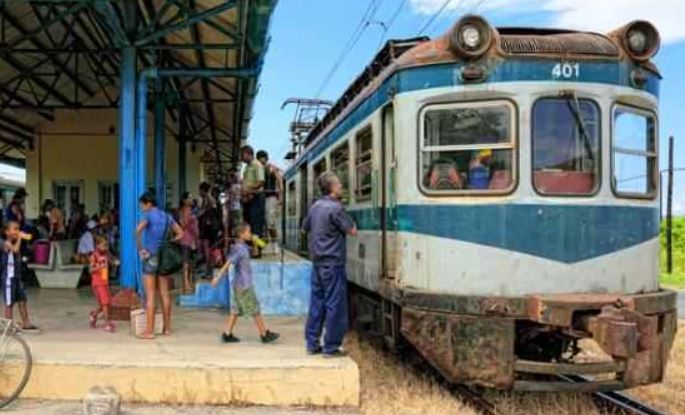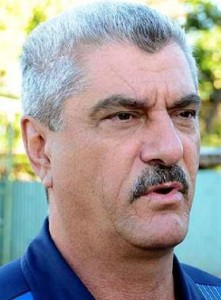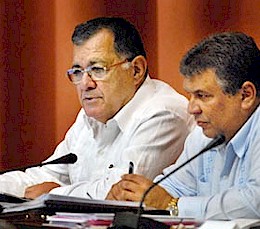
In Cuba, new transportation minister faces tough challenges
Cuba’s minister of Transportation, César Ignacio Arocha Macid, has been replaced by Adel Yzquierdo Rodríguez, the current First Vice Minister of the Economy and Planning, the Cuban news agency ACN reported on Wednesday (Sept. 9.)

The replacement was done for reasons of “renovation” at the proposal of the president of the Council of State, Raúl Castro, the official note said. Arocha “will be assigned other tasks.”

“Comrade Yzquierdo Rodríguez, a member of the Political Bureau, a mechanical engineer, has assumed different responsibilities in the Revolutionary Armed Forces and in activities in the national economy, from Enterprise Director [of the Armed Forces] to Minister of the Economy and Planning and Vice President of the Council of Ministers,” the note said.
Yzquierdo is 70 years old. He became Minister of the Economy and Planning in 2012, replacing Marino Murillo Jorge, who became special presidential adviser on economic affairs and manager of Cuba’s economic “actualization.” Two years later, Yzquierdo was made Vice Minister when Murillo reprised his ministerial post.
Arocha, 56, had held the post of Minister of Transportation since 2010, when he replaced Jorge Luis Sierra Cruz.
Yzquierdo’s new post is one of great importance to the nation’s economy. Some of his challenges were described by his predecessor, Arocha, on April 7 of this year, in an interview with the newspaper 5 de Septiembre:
“The railroad is, and should be, our main means of transportation. It is the most economic means in a country like ours — long and narrow — and therefore has to play the part assigned to it, even if it’s a difficult task, because the investments are great. Everything is very expensive. To give you an example, one single kilometer of railway costs $1 million.
“Much emphasis will be placed in 2016 on the work directed at improving passenger transportation — very deteriorated today — nationwide and in short and medium ranges. Right now, we’re finishing contracts to buy new passenger coaches for the nationwide system.
In terms of urban and intercity bus transportation, “the Diana buses are here to stay. We must build between 350 and 400 units every year.” The Diana buses are manufactured in Russia but assembled in Cuba.
Under the so-called Turquino Plan for rural transportation in mountainous regions, the Ministry of Transportation plans to build 150 new buses this year, using ZIL, GAZ and Kamaz parts imported from Russia and Tatarstan, Arocha told the newspaper.
“Transportation must be revised constantly. It is not static, it is very dynamic. The picture changes from one minute to the next, and so does the scenario,” he said.
The contribution that privately owned vehicles make to the general transportation “is part of the updating of the economic model,” Arocha conceded. “It’s another modality of transportation provided by [self-employed entrepreneurs.]
“Now we have to integrate it at reasonable prices for the population. In that sense, we have to reduce the taxes charged [to the private drivers], which in some provinces are not fair. They’re exorbitant, really.”



